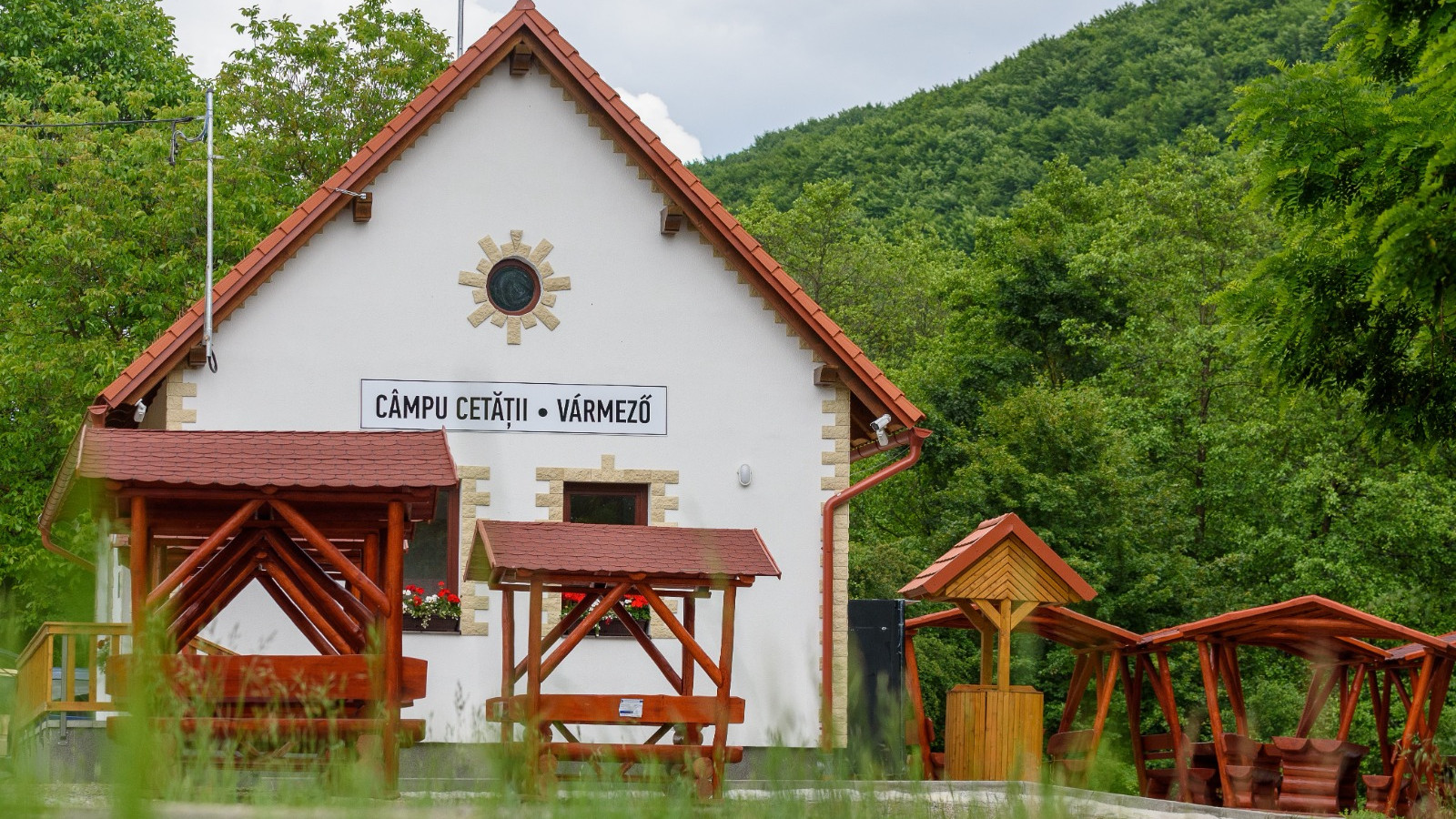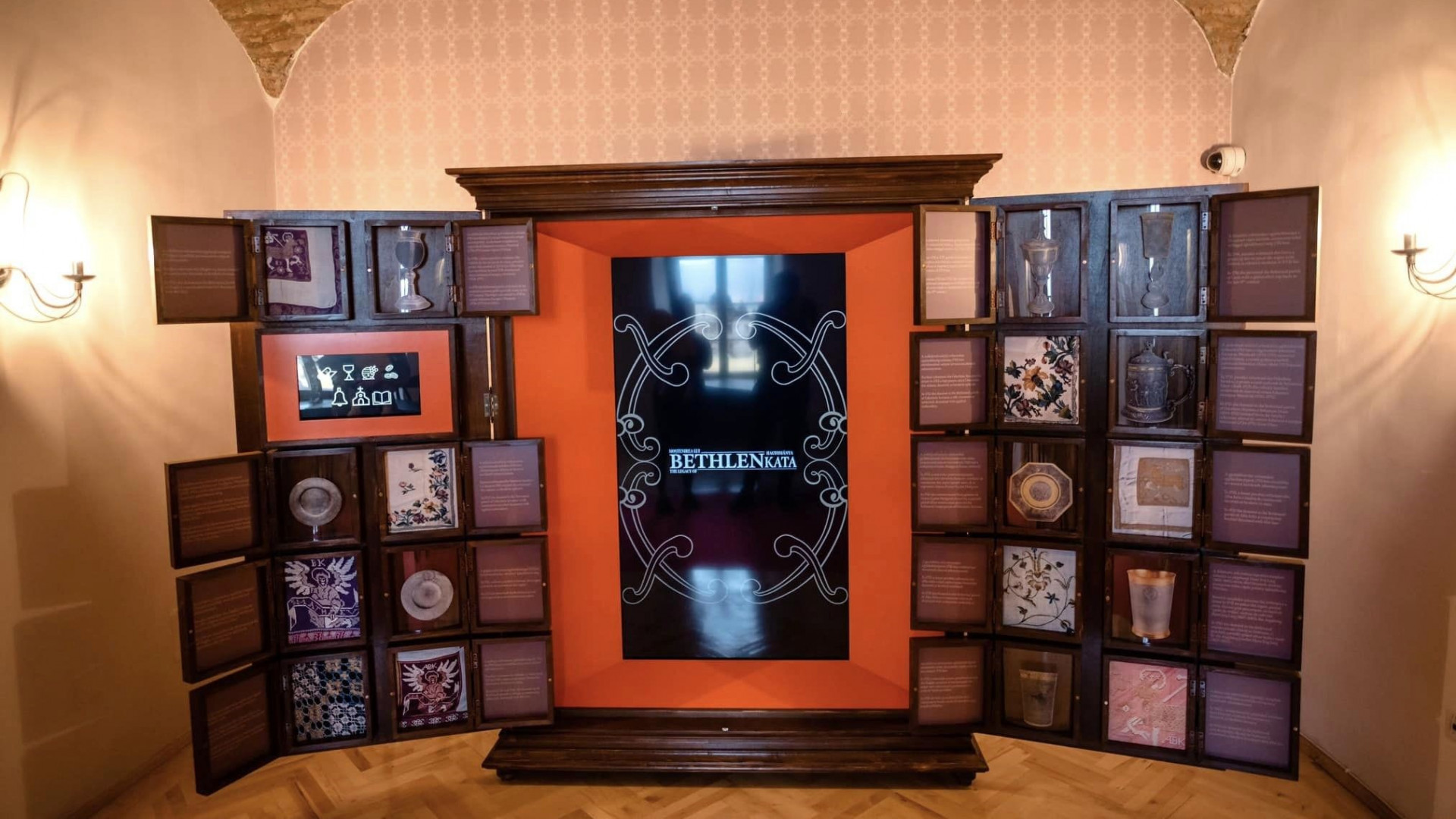Museums and galleries
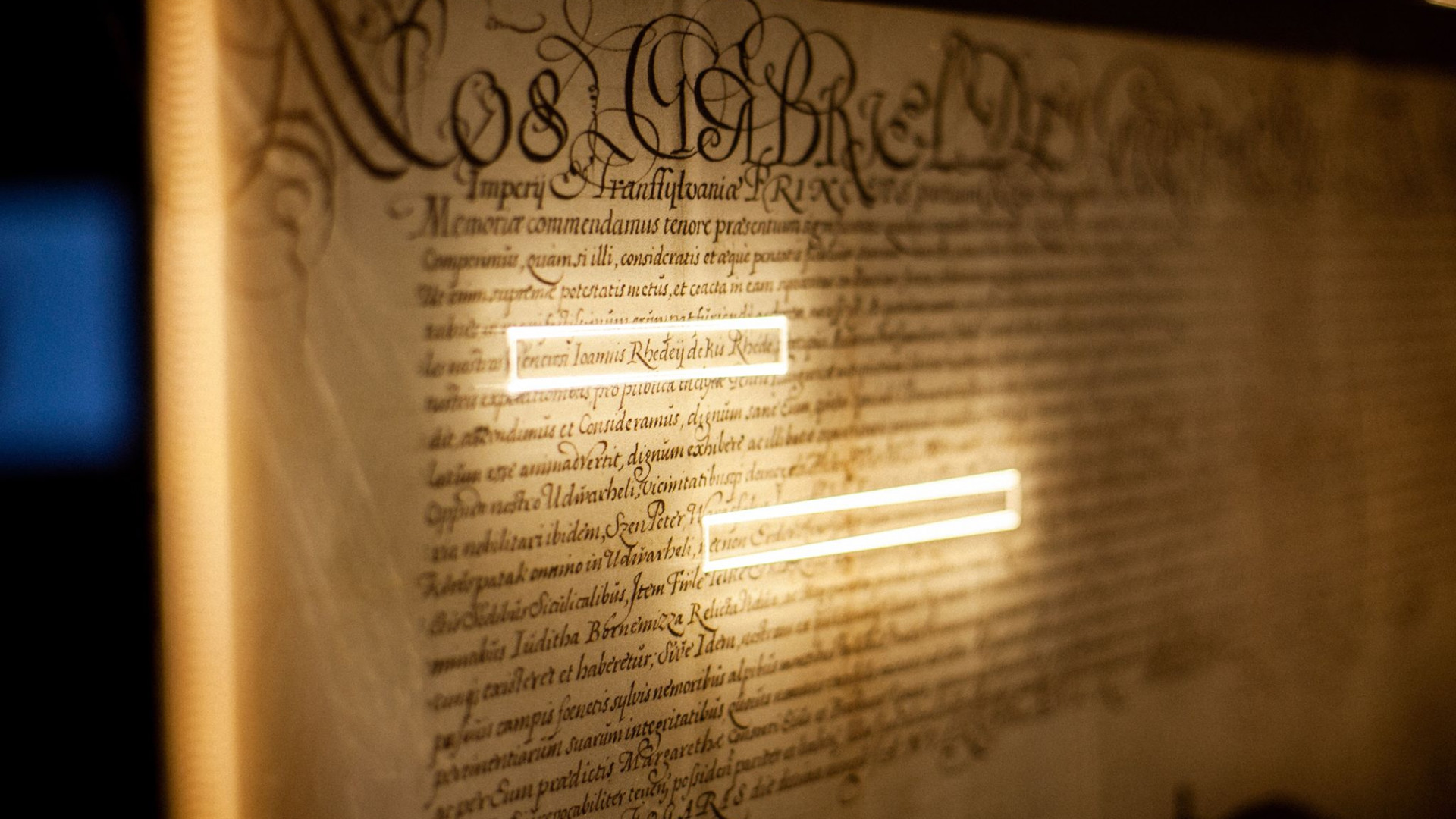
Rhedey museum - Sângeorgiu de Pădure
In the center of the town of Sângeorgiu de Pădure can be found the neo-baroque styled castle of the Rhédey noble family. The castle was built on the ruins of a 16th century monastery and church. Local history and European aristocracy connections are related to the castle. Claudia was born in this castle and she has found her eternal rest in the crypt under the reformed church across the street. To enrich and to fill the voids about the knowledge about Claudia, the town of Sângeorgiu de Pădure has initiated a historical research. During this research, her personal diary, written in German, of the most famous member of the family, Claudia Rhédey, the great-great grandmother of the Queen of Great Britain.Based on the historical research and, on the other hand, on the diary, in autumn of 2019, the exhibition ”Mysteria Residentiae Rhédey”, dedicated to the Rhédey family, was born. Across the street from the Rhédey Castle there is the Gothic styled, 14th century built reformed church. In the crypt underneath Claudia has her ethernal rest.Her memory is kept alive through two memorial plaques, erected by her granddaughter, Victoria Mary of Teck, wife of King George V. In 2008, HRH, the Prince of Wales, Charles has honored his ancestor, visiting the church and signing the guest book.ENTRANCE HOURS:The entrance in the castle is made every one hour. Each tour is made with a guide.1 May - 30 SeptemberMonday- Friday: 9:00-16:00, Saturday-Sunday: 10:00-16:001 October - 30 AprilMonday- Friday: 9:00-15:00, Saturday-Sunday: ClosedVisiting is NOT possible for an indefinite period!
Learn more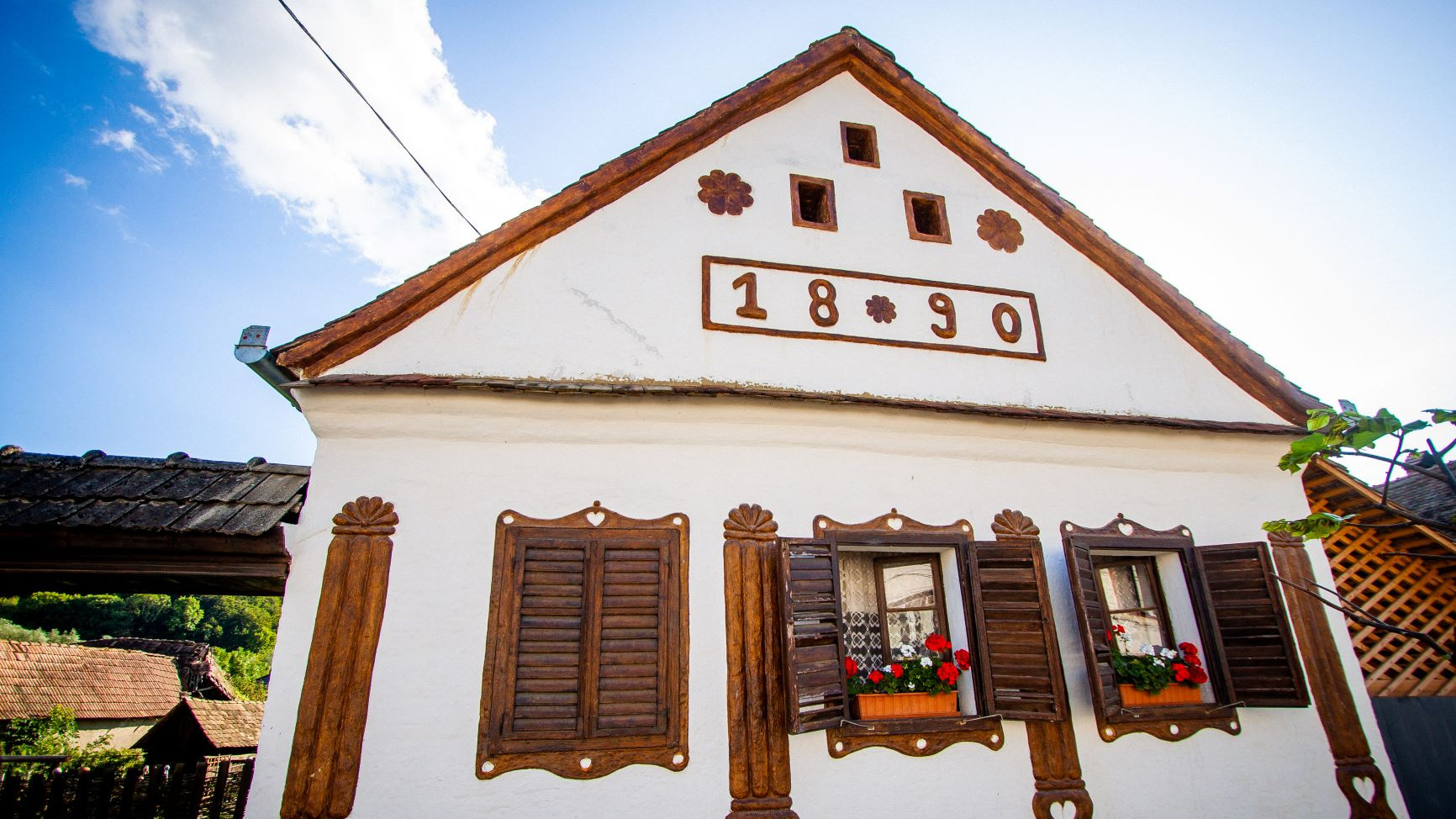
Village Museum Vețca
The peasant house where the Village Museum from Vețca is located, has been on the right side of the Main Street since 1890. The founder of this museum was the plastic artist Fekete Pal.The visitors of the museum are greeted by a spacious courtyard, geraniums and a veranda with objects from the last century. In the welcoming space of the house we find objects of folk art such as contemporary furniture, clothing, consumer goods, wall rugs and clay sculptures of the artist Fekete Pal evoking human features reminiscent of the village world.
Learn more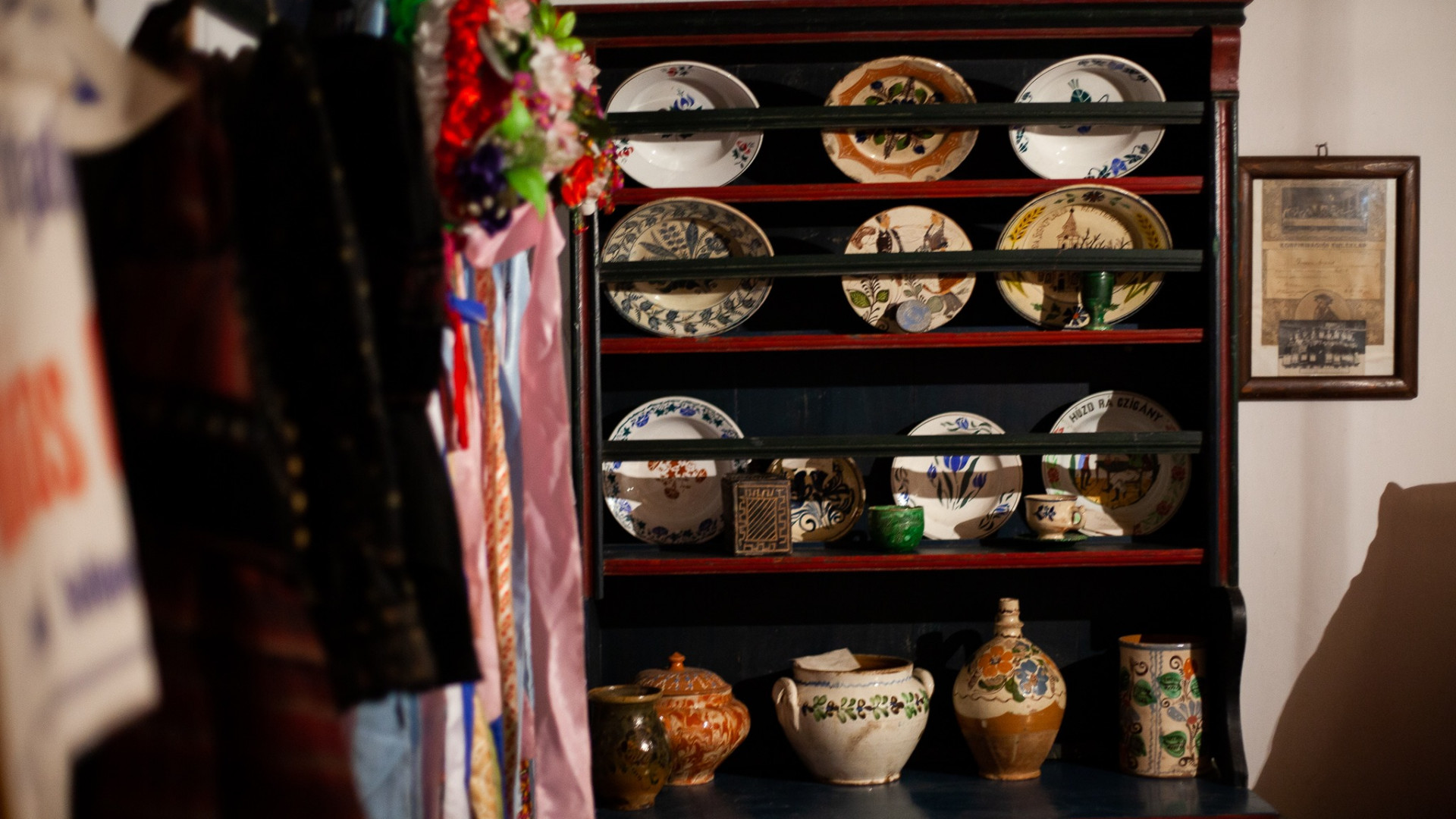
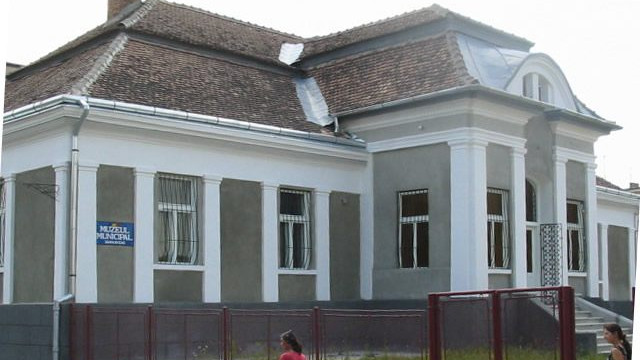
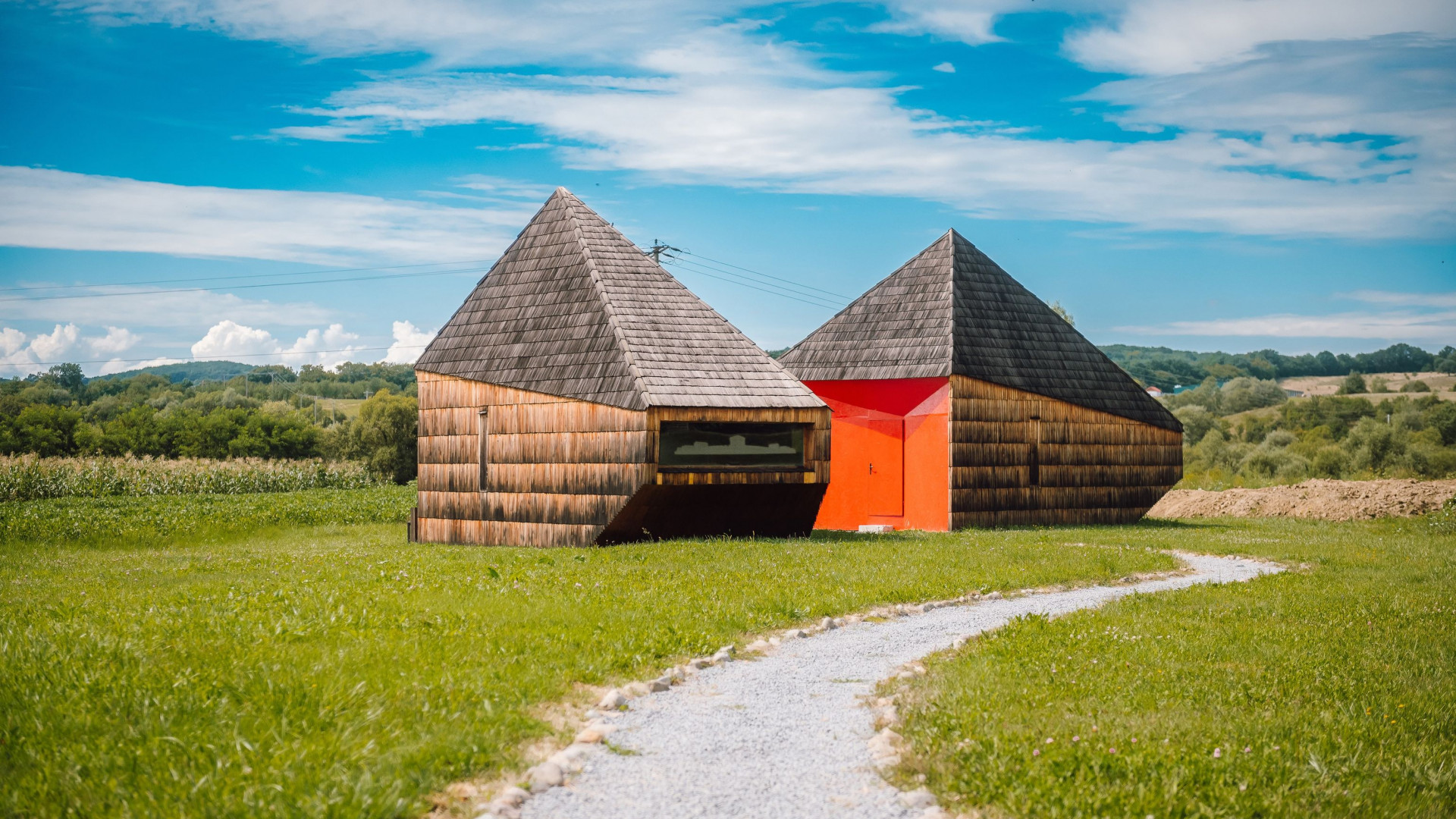
The Roman Archeological Site of Călugăreni
The Roman archeological site of Călugăreni is part of the vast defensive system of the Roman Empire known as limes, which played a strategic role in the defence of the Niraj Valley and the province of Dacia. Known since the beginning of the 18th century, it was not until the first archaeological excavations in the 19th century that the exact location of the camp was determined. Excavations revealed that the military unit stationed here was an auxiliary infantry troop, and that there was a command building, baths and civilian dwellings inside the camp. In order to protect and better exploit the archaeological site, the Archaeological Park of Călugăreni was established in 2015, which is managed by the Roman Limes Research Centre of the Mureș County Museum. The park extends over an area of over 5 ha, and in 2016 the TIME BOX exhibition pavilions were set up here, offering visitors the opportunity to familiarise themselves with various aspects of Roman, civil and military everyday life, while presenting relevant information on the archaeological excavations carried out here.
Learn more